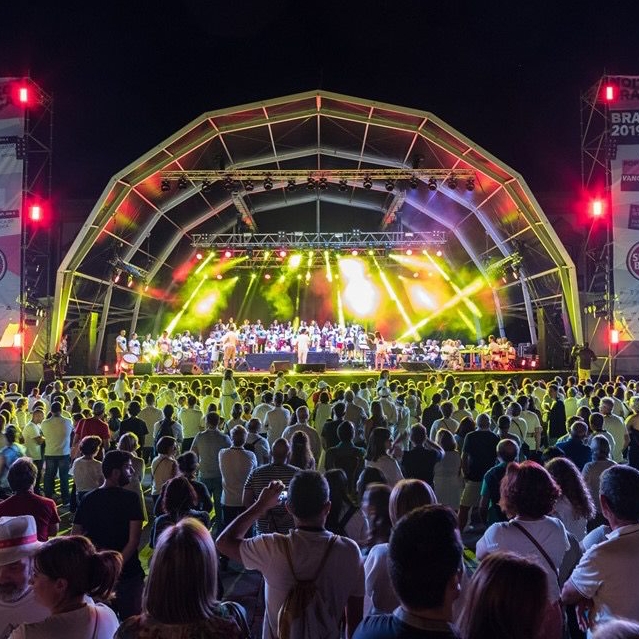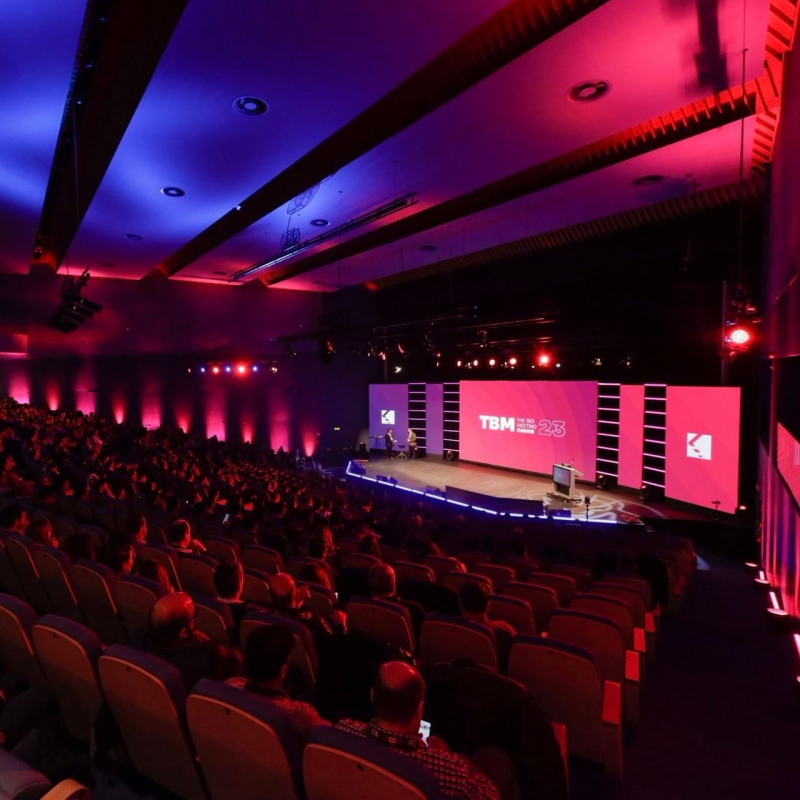Urban design profoundly influences how communities develop, interact, and innovate. Central to this design is the concept of the city grid—an organized network of streets and blocks that underpins the physical and social fabric of urban life. Understanding how these grids function provides insight into fostering vibrant, creative environments that inspire collaboration and artistic expression.
Table of Contents
- The Evolution of City Grids: From Ancient Foundations to Modern Designs
- How City Grids Influence Social and Creative Interactions
- Spatial Organization and Its Effect on Innovation and Productivity
- Non-Obvious Aspects: How Infrastructure and Material Choices Shape Creative Spaces
- Designing for Future Creativity: The Role of Smart City Grids and Adaptive Spaces
- Conclusion: The Symbiotic Relationship Between Urban Layouts and Creative Potential
The Evolution of City Grids: From Ancient Foundations to Modern Designs
The concept of urban grids dates back thousands of years, with some of the earliest examples found in ancient Egypt. Cities like Memphis employed rectilinear street patterns that facilitated efficient movement and resource distribution. These foundational grid systems influenced later civilizations, emphasizing order and functionality in urban planning.
Technological advancements, such as the development of surveying tools and construction techniques, allowed for more precise and expansive grid layouts. The 16th-century Renaissance city of Palmanova in Italy exemplifies a highly planned grid, combining military efficiency with aesthetic harmony. Globally, diverse patterns emerged—ranging from the orthogonal grids of Manhattan to the irregular, organic layouts of medieval European towns—each shaping different social and functional dynamics.
| City Pattern | Characteristics | Example |
|---|---|---|
| Orthogonal Grid | Rectangular, predictable, easy navigation | Manhattan, New York |
| Radial-Circular | Centered around a core, facilitating access to important locations | Paris, France |
| Organic/Irregular | Evolved naturally over time, less predictable | Old European towns, medieval cities |
How City Grids Influence Social and Creative Interactions
The layout of a city directly affects how people connect and collaborate. Well-designed grids improve accessibility, enabling residents and visitors to navigate easily and discover diverse neighborhoods. This accessibility fosters community cohesion by connecting different social groups and encouraging interactions.
Moreover, open intersections, plazas, and flexible zones within grid systems promote spontaneous gatherings—crucial for creative exchanges and informal collaborations. For example, urban spaces that incorporate public squares or pedestrian-friendly streets often become hotspots for artistic performances, markets, and collaborative projects.
“Cities designed with accessible and inviting grids foster organic interactions, essential for vibrant creative communities.”
Taking inspiration from modern models such as mysweettown-app.top, urban planners aim to create environments that stimulate spontaneous collaboration, ensuring that the physical layout aligns with social and creative needs.
Spatial Organization and Its Effect on Innovation and Productivity
The arrangement of streets, blocks, and zones influences how easily residents access resources, cultural centers, and creative hubs. Cities that strategically integrate mixed-use developments—combining residential, commercial, and cultural spaces—encourage ongoing interactions and innovation.
Open and flexible areas, such as parks, courtyards, and adaptable zones, serve as incubators for artistic activities. These spaces often host workshops, exhibitions, and collaborative projects that inspire new ideas and foster productivity.
Infrastructure components like building blocks and lightweight materials expand design possibilities. For instance, lightweight modular structures can be easily reconfigured, supporting temporary exhibits or pop-up creative spaces, thus enhancing urban adaptability and innovation.
Non-Obvious Aspects: How Infrastructure and Material Choices Shape Creative Spaces
Innovative materials significantly influence the physical and aesthetic qualities of creative environments. For example, foam concrete blocks allow for lightweight, flexible structures that can be assembled and reconfigured rapidly, supporting temporary or experimental art installations.
Historically, tools like the pickaxe played a foundational role in physical development, enabling the excavation and construction of complex urban forms. These tools symbolize the importance of basic innovations in shaping our physical environment.
Choosing materials that are versatile and sustainable also affects urban aesthetics, influencing how communities perceive and engage with their spaces. Urban designs that integrate both functional and artistic considerations foster environments where creativity thrives.
Designing for Future Creativity: The Role of Smart City Grids and Adaptive Spaces
Emerging technologies enable cities to incorporate data-driven planning, optimizing layouts to support dynamic creative ecosystems. Smart grids facilitate real-time management of resources, traffic, and public spaces, making urban environments more responsive and inclusive.
Inspired by ancient modular building techniques, modern urban design explores modular and movable structures that can be reconfigured to meet evolving artistic and community needs. These adaptable spaces foster ongoing innovation, ensuring cities remain vibrant hubs of creativity.
Sustainable approaches, integrating renewable energy and eco-friendly materials, further support long-term creative development. Envisioning future city grids as flexible, intelligent, and sustainable frameworks is key to nurturing continuous innovation.
Conclusion: The Symbiotic Relationship Between Urban Layouts and Creative Potential
In summary, city grids form the backbone of vibrant, innovative communities. Their design influences social interactions, resource accessibility, and the physical environment—factors that collectively foster creative growth.
Thoughtful urban planning that integrates accessible layouts, open spaces, and adaptable infrastructure enables cities to support diverse artistic and innovative pursuits. As we look to the future, models like mysweettown-app.top exemplify how smart, flexible grids can nurture ongoing creativity and community resilience.
“The physical layout of our cities is more than infrastructure—it’s the canvas on which creativity is built.”
By understanding and leveraging the principles of urban design, we can create spaces that not only serve functional needs but also inspire innovation, artistic expression, and community development for generations to come.



